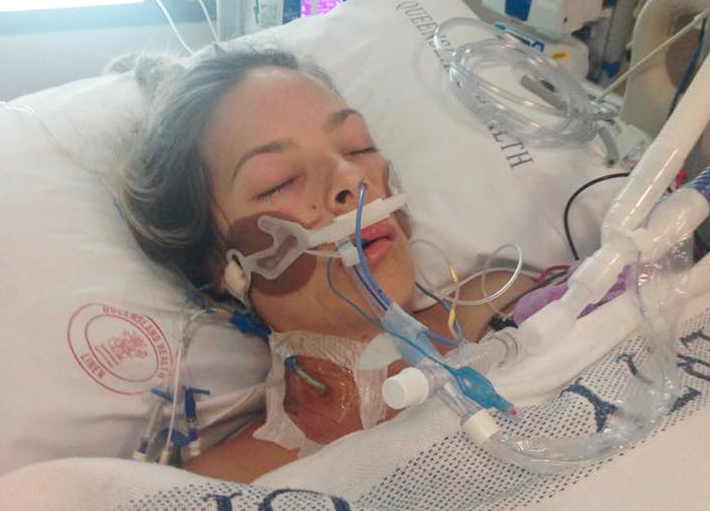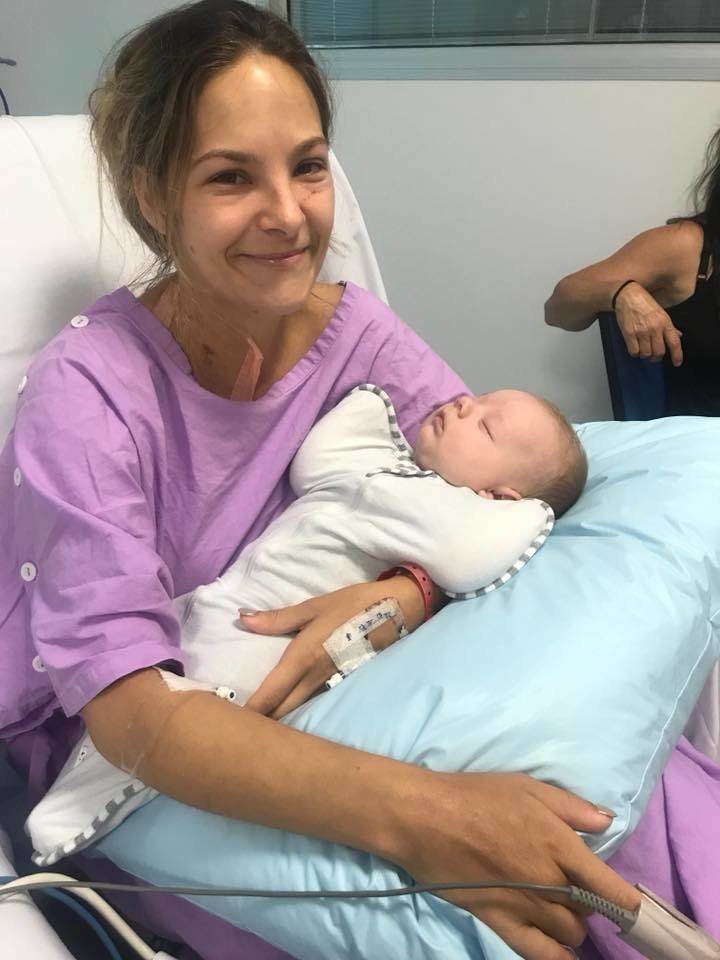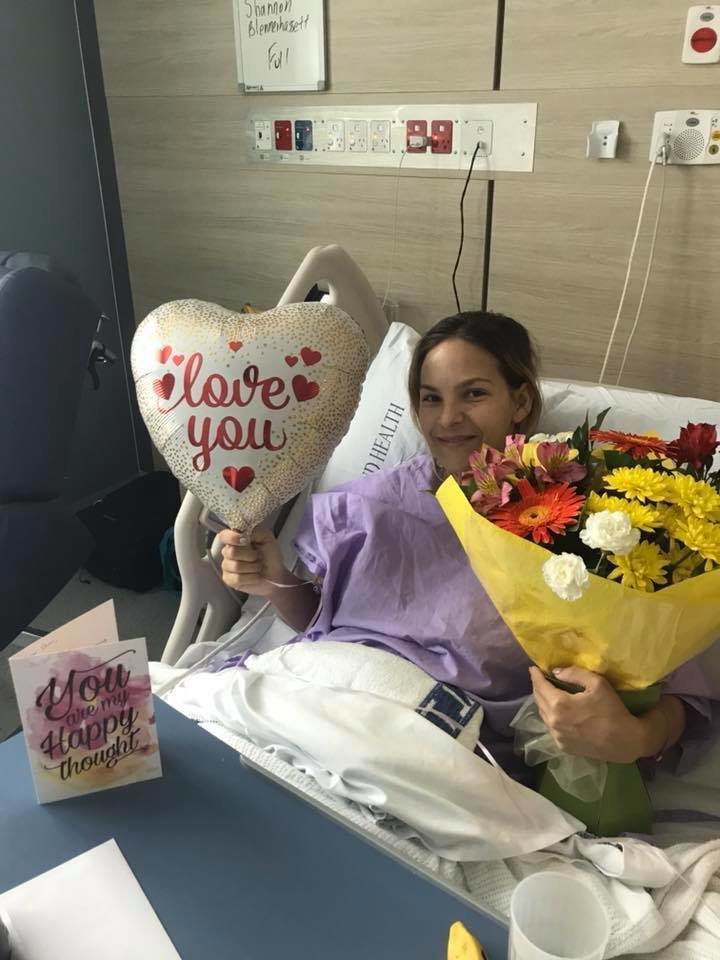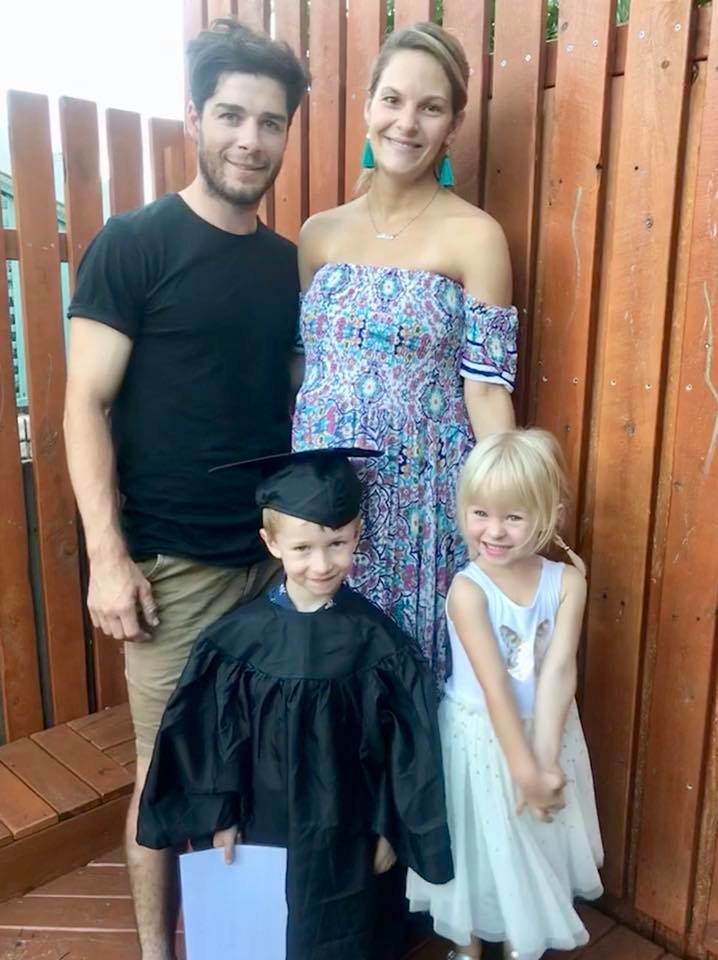According to Hubbard, her doctor did a Pap smear before clearing her for her March 22 insertion. Hubbard was told that some spotting was to be expected as she recovered after the procedure, but once she got home it quickly became clear that something was wrong. “I started to fill my pad within half an hour and was having large blood clots,” she told Kidspot. “I called my GP and she said to go to emergency if it didn’t settle.” Doctors rushed her to surgery in an attempt to stop the blood loss, but it didn’t work. After the surgery, Hubbard said she “woke to feel pools of clogged blood filling the bed. I pressed the buzzer for the nurse and before I knew it my room was filled with about 20 different staff.” Things got so bad that the new mom said she could feel herself dying. “The moment I knew I was close to death was when I got really, really cold, shaking uncontrollably, dizzy and lost consciousness,” she said. “The next time I woke up I was in the ICU on the incubator, so I couldn’t talk.” Although this position shouldn’t impact an IUD’s effectiveness, Hubbard’s doctors at the hospital explained that the position affects where the IUD should be placed and her bleeding was completely preventable. “It’s perfectly fine for women with retroverted or inverted cervixes to get a Mirena. My GP just put it in the wrong spot,” she said. Though what happened to Hubbard is not unique to the Mirena IUD, Mirena’s warnings clearly state there’s an increased chance of uterine perforation “if inserted in lactating women and may be increased if inserted in women with fixed retroverted uteri and postpartum.” As a postpartum, breastfeeding mom with a retroverted uterus, Hubbard says she wasn’t made aware of these increased risks by her doctor. “I feel a little angry at the GP to be honest — when I spoke to her, she was completely unapologetic ….” she said. “The only thing she said was, ‘wow, aren’t you lucky we have such a great health care system?’ Which of course we are lucky to live [in] Australia but it was preventable so it’s just not the point.” As upsetting as reliving her experience is, Hubbard hopes that talking about it will help raise awareness to the risks so no other mom goes through this. “Discuss with your doctor the increased risks for women who have just had a baby, and/or breastfeeding mothers,” she told Daily Mail. “Also, discuss the position of your uterus and make sure they are aware and insert it accordingly.”







